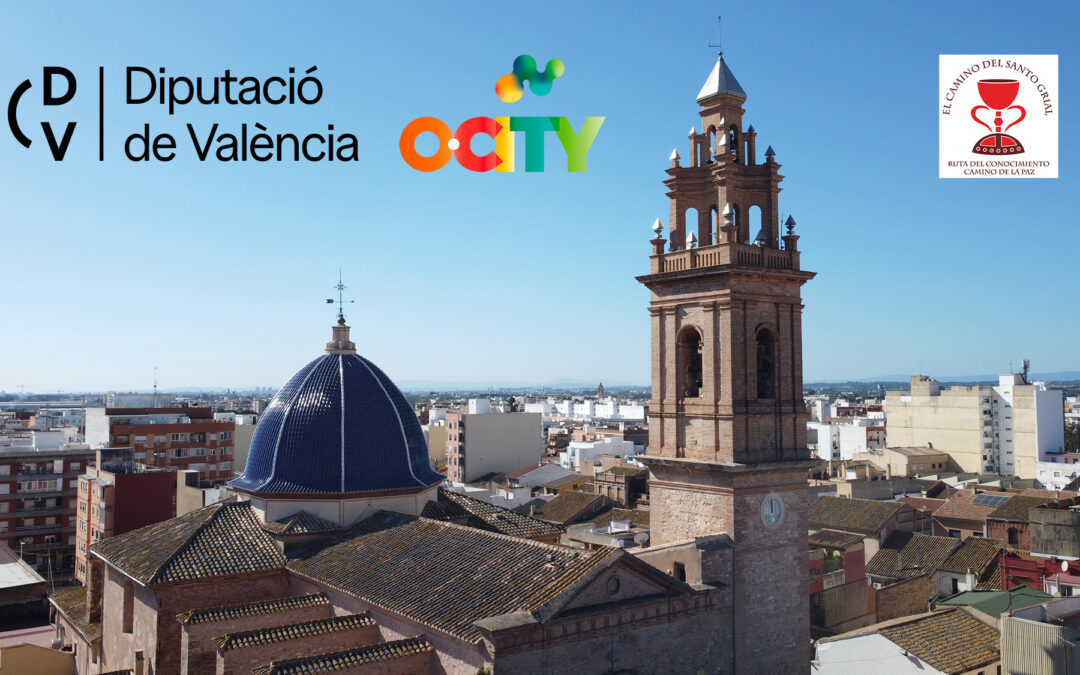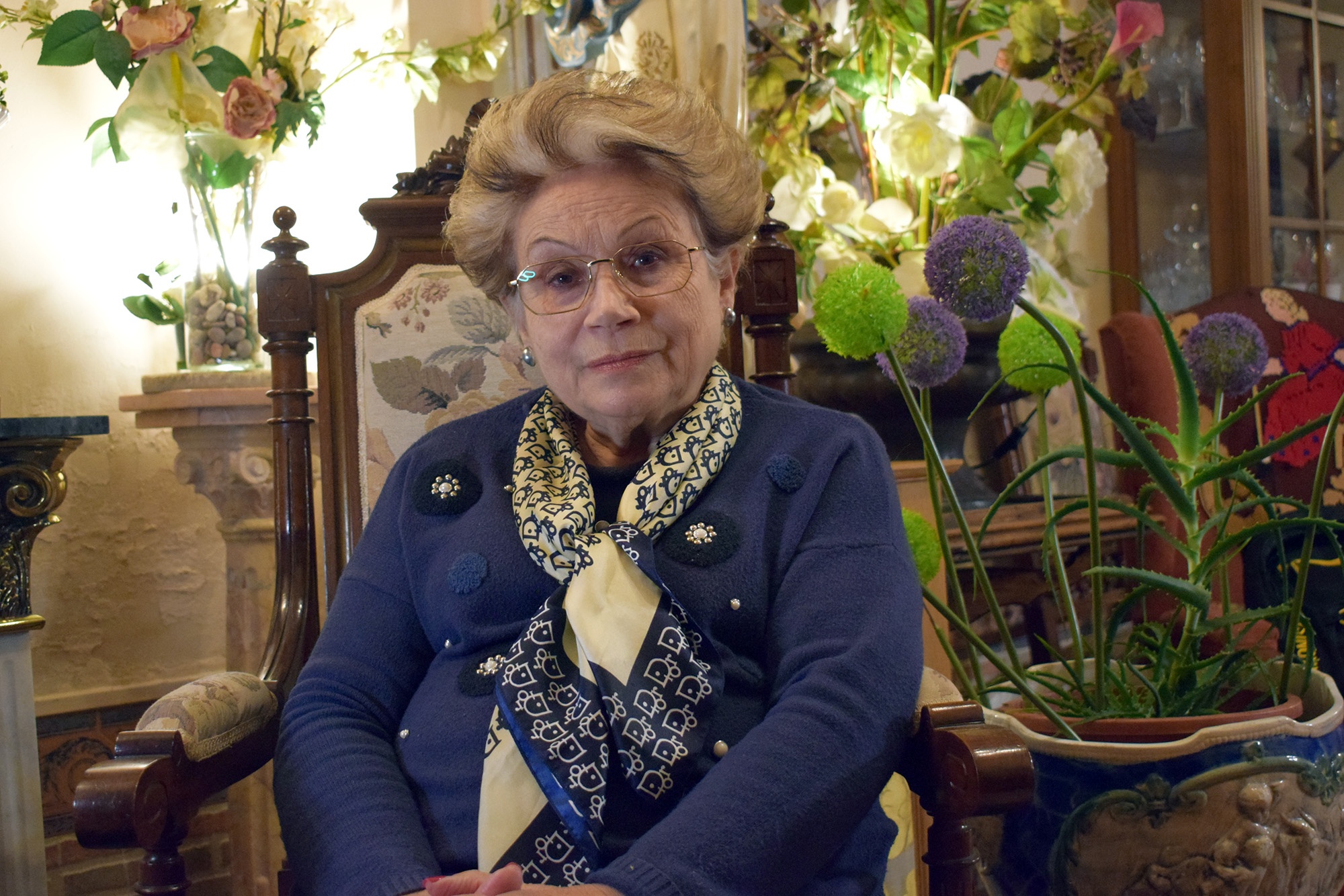The president of the Asociación Cultural El Camino del Santo Grial and Doctor in Art History, Ana Mafé García, presents a series of audiovisuals on the “The Way of the Holy Grail” as it passes through towns in the Horta Nord region, on its way to Valencia Cathedral.
The O-City platform, in collaboration with the Asociación Cultural El Camino del Santo Grial, has drawn up a route within its atlas of cultural and natural heritage, with funding from the Diputación de Valencia through the Cátedra O-CITY Territori Valencià.

.
INNOVATION FOR TERRITORIAL DEVELOPMENT
O-CITY is a technological platform for education, collaboration and international tourism promotion, the digital tool developed and led by the UPV Campus in Gandia in the context of a European project, which evolves day by day by and for people:
www.o-city.org
O-CITY cultural and natural heritage platform enables the digitisation of tourist information about any place, offering multimedia information and virtual tours. A platform open to citizen participation in which anyone can generate content about any place in the world.
O-CITY is currently working with the Government of Ukraine to place a representation of the country’s cultural and natural heritage on the digital atlas.




